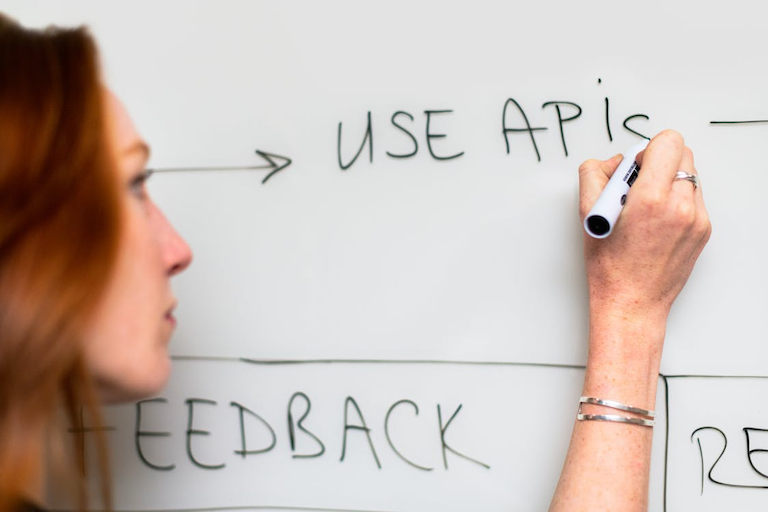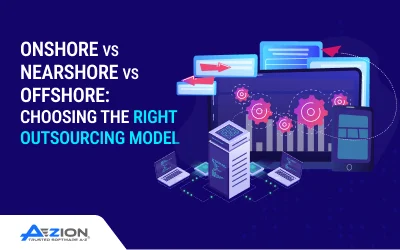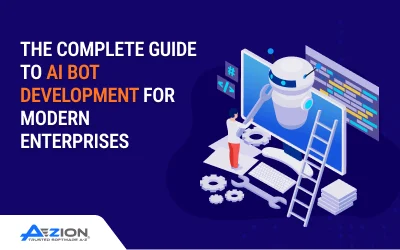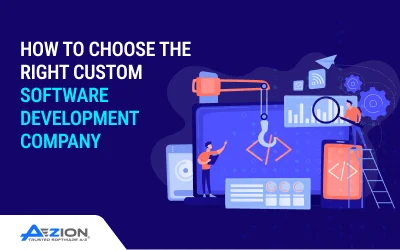To put it simply, application integration means enabling systems and applications that were built independently of one another to work effortlessly together. When done right, application integration results in new capabilities while boosting efficiency, cutting costs, and revealing new insights.
What Is Application Integration?
Application integration is both an art and a science. It starts with taking individual applications, with each one having a specific, independent purpose, and enabling them to work seamlessly together. This requires merging data, optimizing workflows, and thinking about the bigger picture, taking each part and making it a functioning spoke in the wheel.
To prepare for integration, businesses must ensure the underlying infrastructure supports the agility and scope of their end state objectives .. or adapt it as required. With effective application integration, your business can close the gaps between its existing systems, and seamlessly incorporate new capabilities available via the ever-evolving suite of cloud-based applications.
Properly integrated applications result in seamless, interconnected processes that allow for data exchange, orchestration, new functions, and effective processes that power growth. With all of that in mind, it’s important to consider the many nuances of application integration that contribute to success.
Concepts in Achieving Integration
Application integration is made possible with a variety of components and concepts, like these.
Application Programming Interface (API)
To specify how the components of a given software can be interacted with, developers often use an Application Programming Interface, or API. APIs define functions and procedures, allowing developers to control a software component’s functionality. The effectiveness has made APIs a universal method for integrating services, data, and applications at scale.
Data Mapping
With data mapping, developers are able to specify what is to be done with various pieces of information that is exchanged between software systems and components. For instance, when a user completes a contact form in one application, data mapping of fields (like the user’s first name and last name, and so on) allows the system to reliably incorporate that information in other data sets in other applications.
Proper data mapping makes organizing, storing, exporting, reusing, and analyzing data much simpler.
Events and Actions
A connected application can see countless events, but a common example is the receipt of a payment. This event can then trigger one or more actions, like creating an invoice or updating a dataset. Those actions can be standard, or they can be application-specific.
In any case, events and actions are another component in application integration that helps developers unite various pieces in the puzzle to achieve the end result they’re after. For instance, when payment is received by one application (the event), it can trigger a change in client status within a CRM like Salesforce (the action), helping connect two disconnected systems.
The Benefits of Application Integration
There are countless operational and organizational benefits to application integration.
Synchronized Efficiency
By synchronizing your data, application integration offers countless operational benefits. When it comes to using various clouds, the right integration approach will enable you to deploy your integration runtimes efficiently, allowing you to keep deployment close to your applications to reduce latency and lower costs.
Improved Data Accessibility
As companies continue to diversify the landscapes of their applications by moving to the cloud and adopting SaaS solutions, data has grown more and more dispersed throughout environments. Application integration can help solve this problem by deploying across all environments to enable anytime, anywhere data access, regardless of location or format.
Solving Endpoint Individuality
Whenever you’re integrating multiple applications, you must account for the idiosyncrasies of individual systems and applications. These could pertain to authentication protocols, error handling, performance, load management, or something else. Choosing an integration approach that addresses these factors proactively will help your organization resolve what IBM refers to as “endpoint individuality,” resulting in improved productivity and resiliency.
Shifting Focus to Function
With the proper application integration method, users can spend less time focusing on integration and more time thinking about the actual workflow, without the need for in-depth knowledge of all the platforms and systems that are being connected.
Make the Most of Application Integration
Application integration is becoming a necessity as more companies move to hybrid and cloud-based environments and begin to see their data dispersed across systems and apps. Without application integration, your business will suffer from continued inefficiency and even added costs, which is why addressing these disconnects is essential to success.
Need help? It’s time to speak with an expert. Contact us to discuss your application integration project.
Related Articles
This is article 4 of 4 in a four-part series on Application Architecture and Systems Integration. You can view the related articles at the links below, or simply click to download our comprehensive Operational Guide to App Architecture & Systems Integration White Paper:



